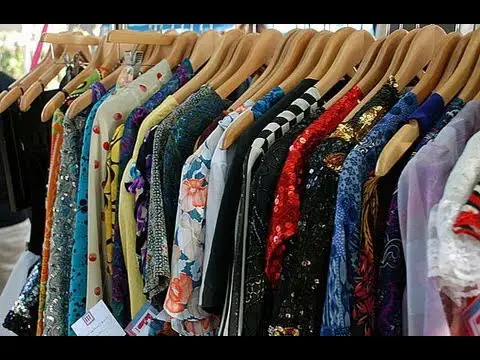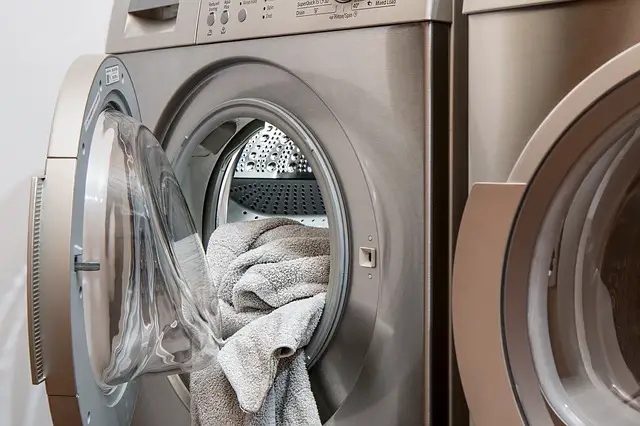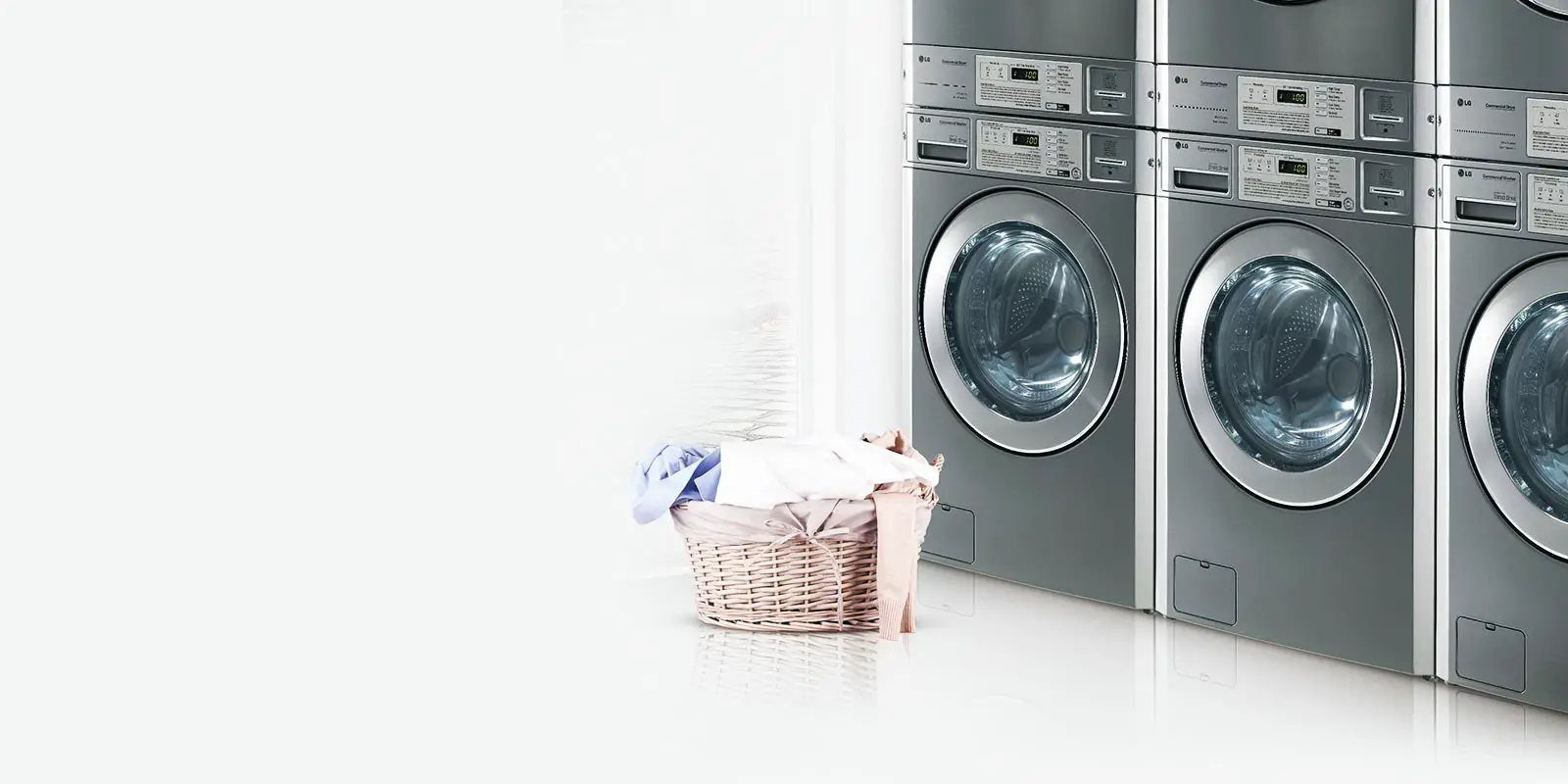Ukay ukay clothing business is something that Filipinos are quite familiar with. Though in the Philippines, the business doesn’t deserve the connotation sometimes associated with it — used and worn out, a potential source of skin diseases — the bad reputation may have come from a bad experience or flat out lack of understanding about the quality of products.
Ukay ukay shops are filled not necessarily with second-hand clothes, but also those with slight factory defects, out-of-season fashion, displaced ready-to-wear items from department store shelves to make way for new arrivals, and all others that deserve another chance of being worn.

But as you learn more about merchants making their thrift haul goods a profitable and fashionable business, you’ll soon find out it’s not as bad as its unfair connotation.
Willing to know more on how to start your modest, thrift line clothing shop? Read on.
-
Table of Contents
Starting from modest shops but focusing on great products and marketing works best for those with limited capital money.
If budget constraints limit you from providing a wide array of clothing lines, then it might be sensible to forgo looking for a desirable but expensive monthly commercial stall. Test the waters by trying selling from home — with a door-to-door delivery option — and promote the products on social media and word of mouth via family members and neighbors who avail of reasonable discounts in return.
Getting extra supply in return for rental cost savings is a critical consideration now that you are starting the business and wish to convert strangers into customers and even those who are inclined to buy elsewhere switch to your products.
Item Cost (Pesos) Merchandise 50,000 Equipment (hangers, fans, racks, chairs, etc) 12,000 Rental (Monthly rental + one month deposit) 24,000 Staff Salary 12,000 Utilities 2,500
Once you have a feel of the growth in revenue and orders in the pipeline, you can scout for available stalls at high foot traffic areas. On a 20 square meter stall, you might be able to fill it with merchandise worth P50,000 to P75,000 depending on the type of products you sell or where you source them, plus accessories. -
Good first impressions can lead to long-term relationships with loyal customers
Even if you are trying to save money, creating a positive first impression can go a long way. This means your product showcase may not be at par with ones sold at shopping malls, but they’re decent enough for their price — not class B items that appear considerably used, as Filipinos are generally sensitive to their well-being and unwilling to wear worn-out ones.
To do so, get supplies of imported and original wardrobes generally classified under surplus clothing. This means you need to extensively research for suppliers online or join trade shows and social gatherings of similarly-minded merchants.
Focus on retaining customers instead of reaching out for new onesOnce you have a substantial amount of revenue from a steady stream of orders, sales, or fresh infusion of funds from a business loan (or maybe a new investor has poured in more cash), you continue to prioritize customer service and product quality over store aesthetics and other secondary factors. This means you’ll be attentive to their needs. What to do when clothes don’t fit or wear out sooner than later? Be prepared to make such incidents an opportunity for customers to love you more, without abusing your kindness. -
Show customer care by returning the favor once they put their trust in you
When someone buys from your store, you may want to get their contact details (if they allow) and a record of their purchases for new stock supplies based on their preferences. This makes your offer more targeted because you know what their interests are.
Once new stocks arrive, they’ll be among the first to know and get to pick their choices first even before displays are made. This makes them feel valued more and tend to profess their loyalty to you every time they make a repeat purchase.
Remember, this is an ukay ukay business and not some more glamorous fashion shop, but still, you want to offer the best customer experience. -
Set aside New Arrival items each week creates an element of surprise
You don’t need to showcase everything your store has to offer at once fresh stocks arrive. Your consistency in providing a variety of new arrivals — both displayed on your clothing racks or worn by mannequins in your storefront — creates an impression of variety that customers will find interesting and curious.
You can pick a day and stick with it. For example, you may choose Saturday to take advantage of larger foot traffic and give customers more time to browse over your clothing goods. -
Going online is a cost-efficient way to promote your products
Leveraging the Internet as your marketing medium to promote your products and reach your potential customers, just like many other small and big companies are doing. Platforms such as Instagram and Facebook live stream have become a part of the way businesses market their products and services, and there’s no reason why your ukay ukay business should not take advantage of it too. -
Being nice to suppliers goes a long way for business partnership
Suppliers may come from foreign places or nearby areas, but regardless of their origin, a good partnership and cooperation is essential. Setting a clear understanding of obligations — payment terms, commitment to delivery, and so on — breeds trust and long-term partnerships. -
Expanding product line offers more buying opportunities for customers
From offering a focused clothing line of trousers, shirts, blouses, and shorts, products may expand towards shoes, bags, and accessories (leather belts, wallets). Be mindful of what other types of items clients are looking for and make a note that these are possible addition to your growing list of assorted goods to sell.
The line should also take advantage of seasonal needs. For example, school uniforms, shoes, and socks for children, may be displayed a couple of months before the school year starts. -
Improve face value of goods as you care for them
As much as you care about your customers and their well-being, the same care must also be accorded to your products, not only to make them more attractive but also to raise their face value.
If needed, dry clean or wash the fabric to get rid of particles and dust that may have settled in the material during shipment. If items have an unpleasant odor, they might be better off discarded and should no longer be sold. -
Bonus: Bring down the price for unsold items to clear inventory and contribute to your next shipment
Your ultimate aim is to sell your thrift haul inventory before fresh supplies arrive. There are goods that are sold faster than others, so those left behind may be too expensive for their actual value and are therefore less attractive.
Items that remain in racks three to five weeks after display are prime candidates for marked-down tags and discounts between 20% and 70% placed at a prominent locations close to the cashier. The aim is to salvage whatever value you can get, and pool funds used for the next batch of shipment, typically every 45 to 60 days.
Conclusion
Entering the ukay ukay business can be a risky venture, especially if you have no prior knowledge about the industry, no connections to sources and supply chain, and no idea about the target market. Just like any other business, get to know what kind of products are most appealing to your target customers, and if there’s a need for a new player in the field of the clothing business.








